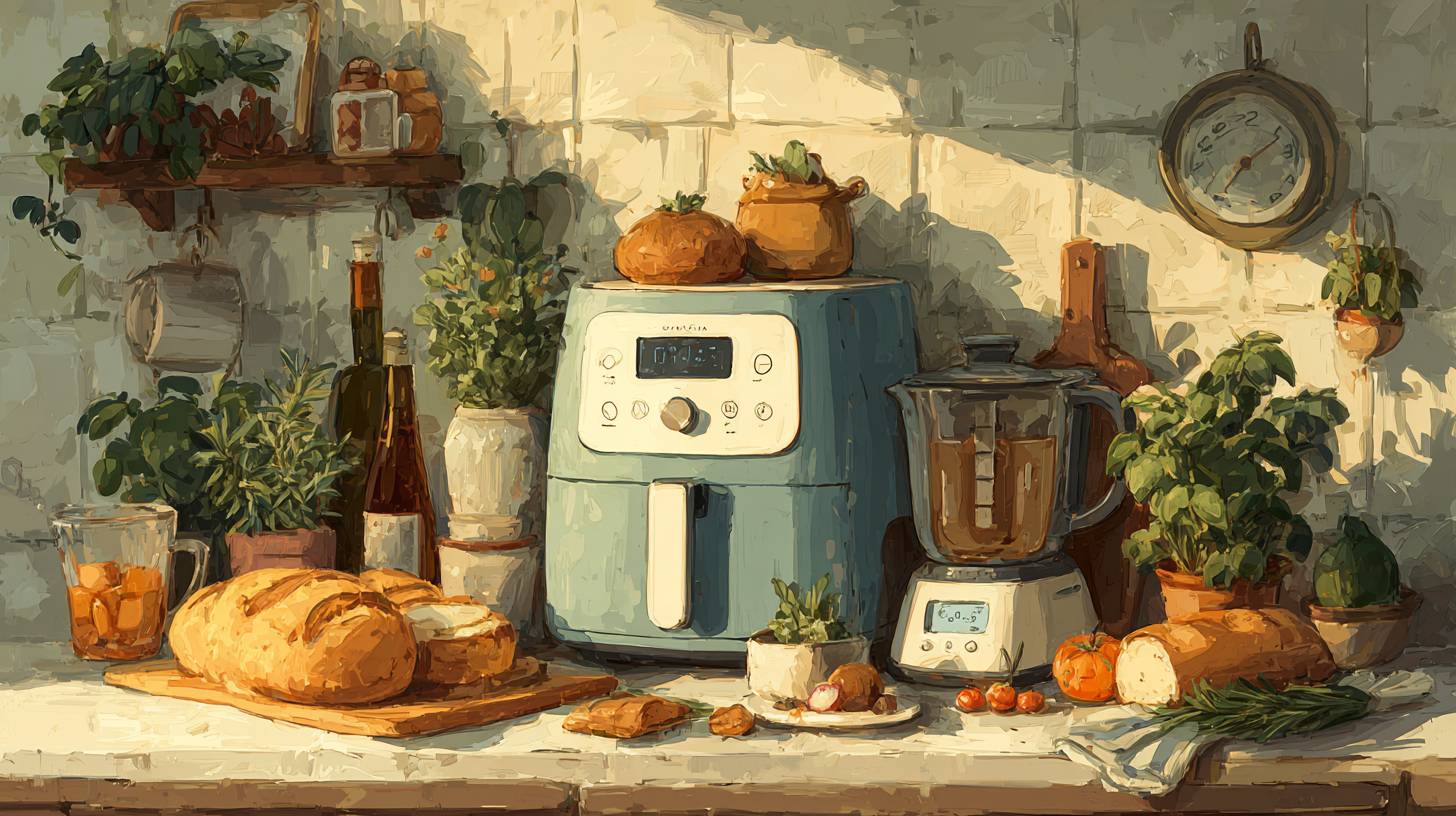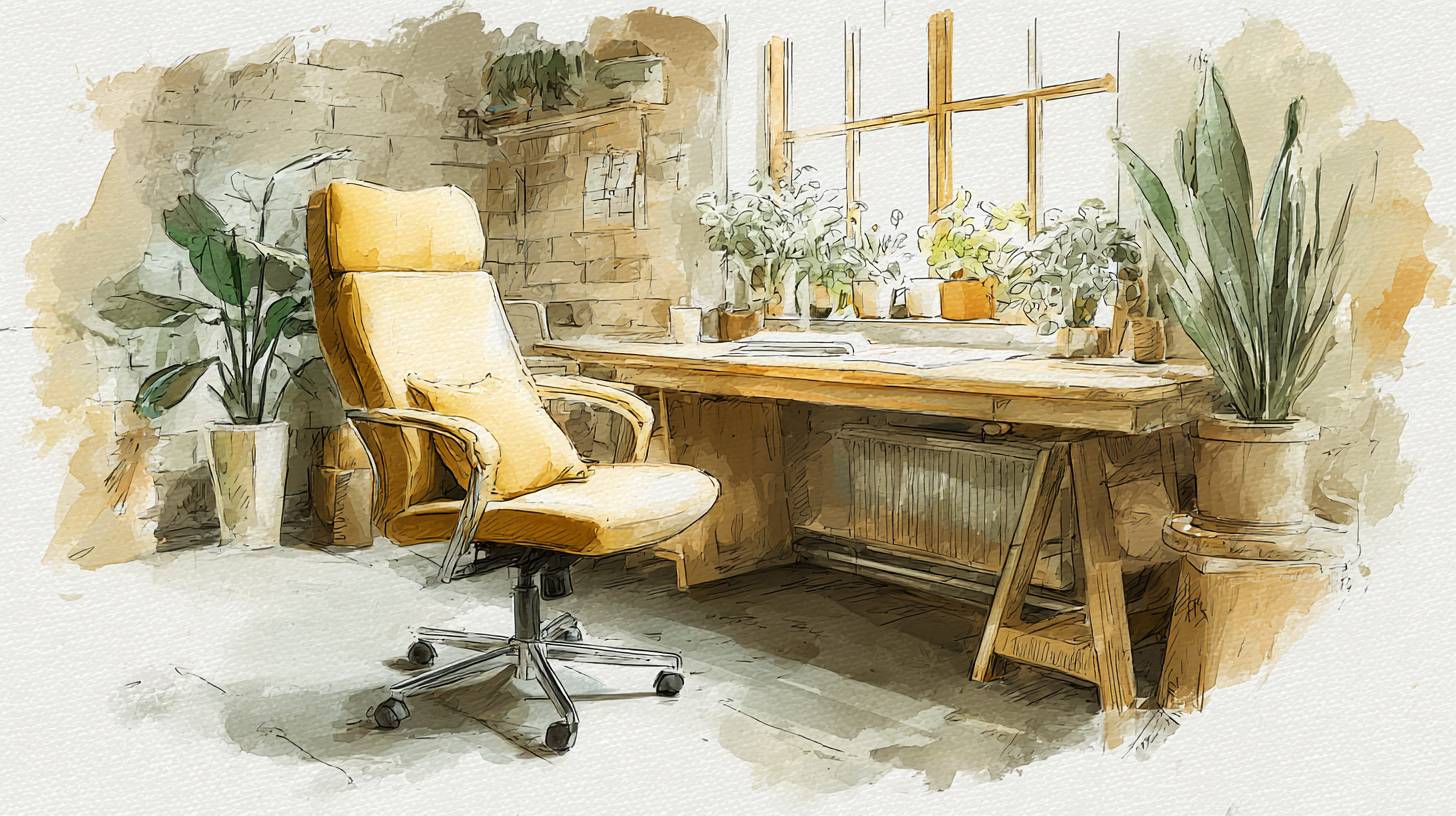
Essential Kitchen Gadgets Every Home Cook Needs in 2025
Discover the must-have kitchen gadgets for every home cook in 2025. Elevate your culinary skills and simplify meal prep ...
** This item is made hand so it may have a little difference in color and drape. ** Craftsman Selected:KOSHO Design:Hexagon Mesh Type: Standard Ceramic Mesh TOKONAME-YAKI Tokoname yaki is counted as one of Japans six old kilns. The production of tokoname ware dates back to the ...** This item is made hand so it may have a little difference in color and drape.
** Craftsman Selected:KOSHO Design:Hexagon Mesh Type: Standard Ceramic Mesh TOKONAME-YAKI Tokoname yaki is counted as one of Japans six old kilns. The production of tokoname ware dates back to the Heian period (794-1185). Back then, tokoname yaki was used for Buddhist related purposes.
When the practice of tea ceremony spread in the Muromachi period (1338-1573), tea related products such as tea bowls and flower vases were made. In the Edo period (1600-1868), wares for everyday use were made in addition to tea wares. In the later years, pipes, tiles, and even toilets were made.
The wide range of products is a result of the flexibility in the tokoname artist, producing wares to meet the needs of people in each point of the history. The special feature of tokoname yaki is the red clay (shudei). Clay is mixed with iron oxide without the use of glaze.
This iron results in the red color distinct to tokoname yaki. It is said that the more you use the ware, the more the surface of the ware shine. Although the red clay tokoname yaki is the representative ware today, it first appeared in the late nineteenth to twentieth century, a relatively new ware.
There are two types of tokoname yaki: ware with smooth surface (often seen in kyusu) and ware with earthy, rough texture (jar or vase) made with clay found in the Tokoname region that contains more iron. Tokoname wares are mostly unglazed. But green colored tokoname ware may be found at times.
This green color is a result of melted ashes that stick to the pottery in the kiln and became glaze. This type of glaze is referred to as shizen-yuyaku, or natural glaze. KYUSU: Japanese Tea Pot The word for a Japanese tea pot.
The most common form is a yokode kyusu, in which a handle protrudes straight out of the side of the pot. Traditionally this makes it easy to pour for a guest sitting directly in front of you (as you would in a traditional Japanese tatami mat room), and in quick, intermittent bursts allowing the tea to mix inside the pot. PRODUCT INFO PRODUCER (Artist)KOSHO MATERIAL Ceramic MESH TYPE Standard Ceramic Mesh CAPACITY320 cc *Measurements above are approximate CAUTION Do not use in dishwasher or microwave & polishing powder.
Discover more insights and guides in this category

Discover the must-have kitchen gadgets for every home cook in 2025. Elevate your culinary skills and simplify meal prep ...

Discover the best noise-cancelling headphones that enhance focus and comfort for work and travel. Elevate your listening...

Discover the top ergonomic office chairs for ultimate comfort during long hours at your desk. Boost your productivity an...